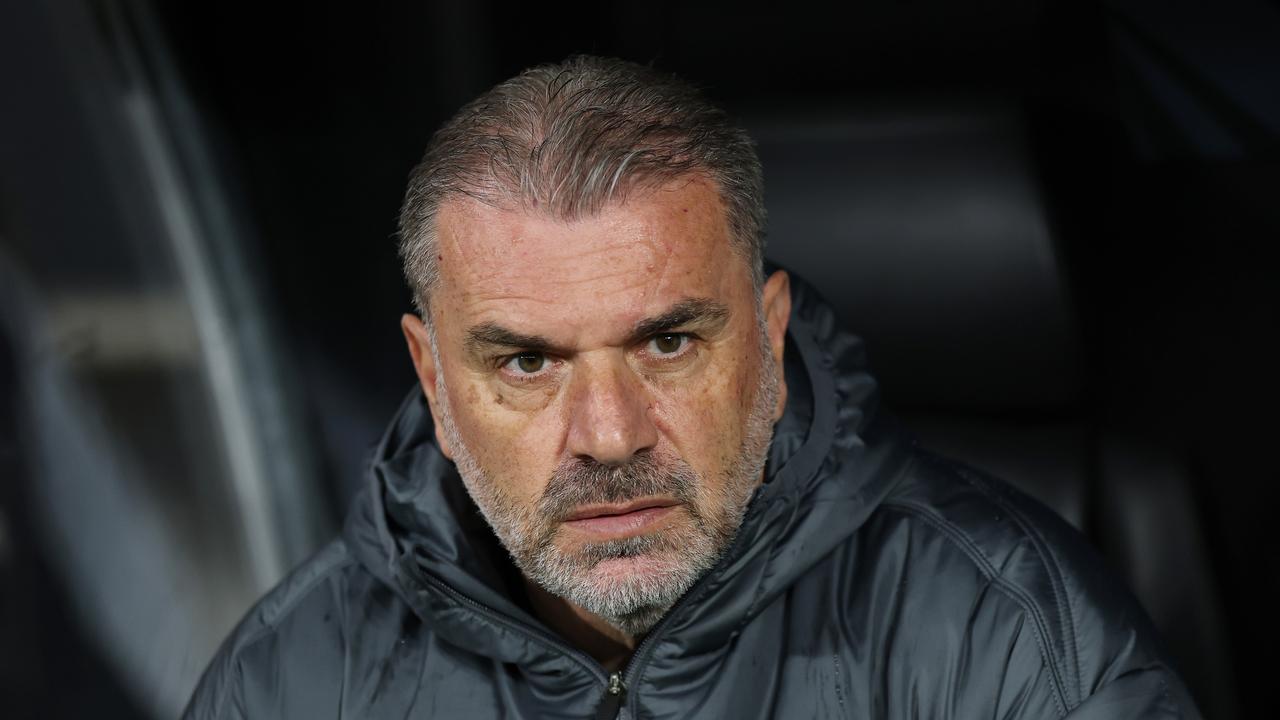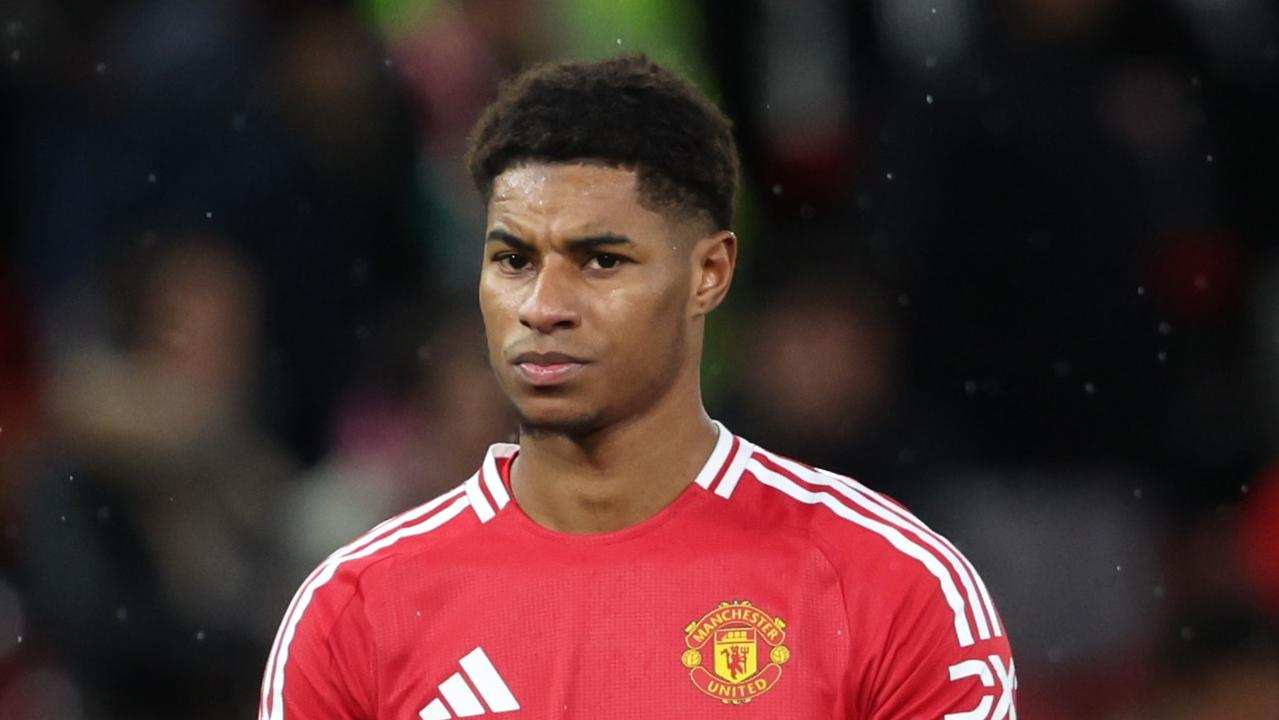The search for a highly successful English coach for the national team goes on. Chris Silverwood was the latest to be given the opportunity but, as with Peter Moores, who was given two bites either side of Andy Flower, his tenure has been a brief one. The day after Ashley Giles was sacked, Silverwood has been given the same treatment for essentially the same reasons.
With Giles and Silverwood gone, there is every expectation that Joe Root will continue as Test captain, despite being party to many of the decisions and failures that have cost others their jobs. While Root will be fortunate to continue, the pragmatic reality is that alternatives to him are harder to source than for a head coach and director of cricket.
Silverwood could be considered the first casualty of Andrew Strauss’s second coming as (interim) managing director of men’s cricket, much as Moores was when Strauss was installed in the role permanently in 2015, but his time was likely to be cut short in any case. Having canvassed opinion at the end of the Ashes tour, Giles could not have come to any other conclusion, although he was not given the opportunity to carry things through himself.
Instead, after a meeting with Giles, the panel put together by Strauss recommended a complete overhaul of the leadership and management of the team, which was rubber-stamped by the ECB board. After a year of acute Test failure, clearly the head coach with sole responsibility for selection could not escape accountability in that regard.
A clear line of accountability was one of the reasons articulated by Giles when he made a fundamental shift in the structure of selection by sacking Ed Smith in April and giving Silverwood total responsibility. That sounds all very neat until you realise the extra risk it brings and with it the danger of going down the football-style route, where a run of poor results inevitably leads to upheaval. Cricket should want to avoid that at all costs.
Having joined the England coaching staff after a highly successful spell with Essex, Silverwood was appointed head coach by Giles in October 2019. Early successes in South Africa and the West Indies had been forgotten by the time 2021 ended after a run of four consecutive series defeats and one victory in 14 Tests. The team were clearly demoralised by the end of the Ashes.
When Silverwood was appointed, Giles said of him: “He has a clear understanding and strategy of how the red-ball and white-ball teams need to evolve. He has some detailed thoughts on what it will take to win the Ashes and win ICC white-ball tournaments.”
Those aims were not achieved and could be said to have been — as far as the Ashes were concerned — unrealistic, but the Test team had stagnated.
Silverwood’s undoubted qualities include a high degree of emotional intelligence, strong empathy with his players and good organisational skills. He is a good bloke and was a popular coach. But that is not enough: there was a lack of authority and presence, and his public pronouncements inspired little confidence in Australia when there was a refusal to admit mistakes and little coherence beyond the usual platitudes about learning and improving.
As the net is cast for names of potential coaches, there is likely to be an imbalance of foreign candidates to homegrown ones. This may grate within the county game, but who are the outstanding names? Perhaps Richard Dawson, Glen Chapple, Matthew Maynard, Mark Robinson, Paul Collingwood? All have their qualities, no doubt, but there is (or has been) a dearth of outstanding candidates from within the English game whenever these periodic job searches arise.
Quite why is hard to say. My own theory is based a little on the all- encompassing nature of the English professional game. Many of those who become county coaches start off in the county pathways, emerge into county game, flourish and then finish in the county game. It is a narrow path in sport and life. The best coaches, in my view, have broader experiences.
It is no coincidence, perhaps, that the two best England coaches in recent times began life as cricketers in a semi-professional environment, forcing them to learn skills outside the limited channels of professional sport. Duncan Fletcher, the first of them, had experience in the Rhodesian defence force, worked in the computer industry and coached at the University of Cape Town. Throughout his time as a cricketer he continued to work.
Andy Flower, the second, was also a semi-pro for much of his early time in Zimbabwe. He had a job during his early playing days, and began coaching from a fairly young age to earn some money on the side. Eventually the game consumed him, as it does most in the professional age, but there were valuable life lessons to be learnt first.
Flower continues to coach highly successfully in the franchise world. He would be an outstanding candidate again if he could be persuaded to apply — he is an honourable man, though, and has a two-year deal with a new Indian Premier League franchise in Lucknow — and he will be among a host of names that Strauss will be sifting through over the next fortnight. Splitting the roles between red-ball and white-ball formats is likely.
Greg Shipperd, now of the Sydney Sixers, is thought to be one of the best coaches in Australia, despite his age (65). Andrew McDonald, Australia’s assistant coach, is highly thought of, as is Mahela Jayawardene, the Sri Lanka great. Gary Kirsten, overlooked last time, may come into view again. Another South African, Graham Ford, has his supporters.
Justin Langer, intriguingly, may become available, although coaching England may be a step too far for someone who bleeds green and gold. Bizarrely, having won the Ashes and T20 World Cup, his job with Australia hangs by a thread. For England, there has been no such conundrum.
The Times



